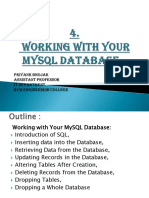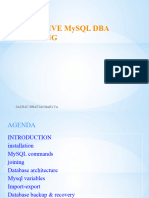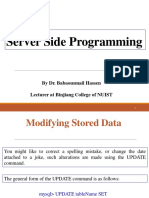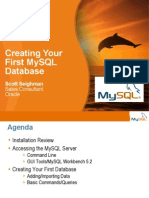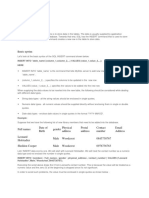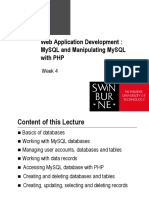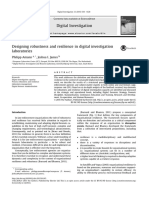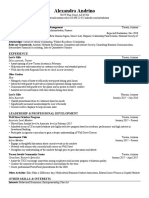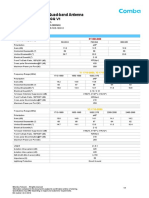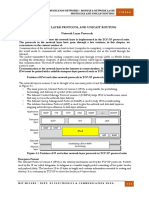0% found this document useful (0 votes)
68 views4 pagesMysql
MySQL is an open-source database management system that uses SQL and a relational database to manage data. It can be installed along with the LAMP stack. The document then provides steps to install MySQL server, create and manage databases and tables within MySQL using SQL statements like CREATE, ALTER, DROP, TRUNCATE, INSERT, UPDATE, and DELETE. It also discusses how to create and manage MySQL users and permissions.
Uploaded by
Nihal JadhavCopyright
© © All Rights Reserved
We take content rights seriously. If you suspect this is your content, claim it here.
Available Formats
Download as PDF, TXT or read online on Scribd
0% found this document useful (0 votes)
68 views4 pagesMysql
MySQL is an open-source database management system that uses SQL and a relational database to manage data. It can be installed along with the LAMP stack. The document then provides steps to install MySQL server, create and manage databases and tables within MySQL using SQL statements like CREATE, ALTER, DROP, TRUNCATE, INSERT, UPDATE, and DELETE. It also discusses how to create and manage MySQL users and permissions.
Uploaded by
Nihal JadhavCopyright
© © All Rights Reserved
We take content rights seriously. If you suspect this is your content, claim it here.
Available Formats
Download as PDF, TXT or read online on Scribd
/ 4














